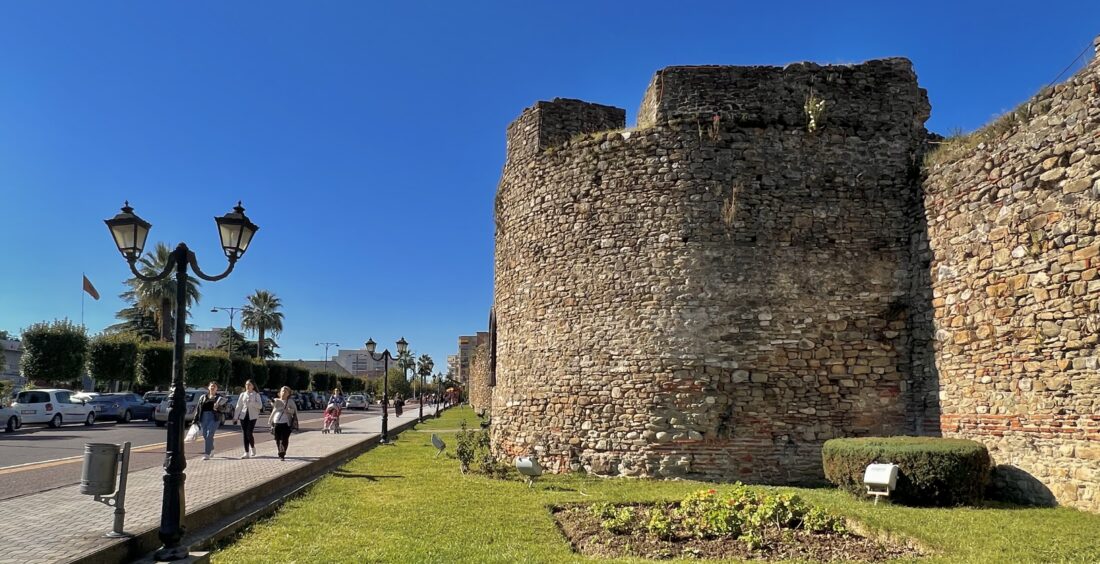Built during the reign of Roman Emperor Diocletian between 284 and 305 AD, it was originally called Mansio Scampis. Situated on the Via Egnatia, a major Roman road linking the Adriatic coast to Byzantium, the site connected significant regions of the empire. Abandoned at some point, it was later rebuilt in the 15th century by Sultan Mehmed II the Conqueror, who transformed it into a garrison town in 1466 during his conflict with the League of Lezhë, led by Albania’s national hero, Skanderbeg.
The site showcases a remarkable diversity of architectural styles that span centuries. Ottoman-style houses, Italian-style flats from the 19th and 20th centuries, and structures from the communist and post-communist periods coexist within its walls. Among its notable features are the Catholic Church, the Orthodox Church of St. Mary’s Assumption, the old school of the castle, the King’s Mosque, the women’s hamam, and the Clock Tower, which remains fully functional and was declared a cultural monument in 1963.
Elbasan Castle reflects the layered history of Albania, symbolizing cultural and religious coexistence. Today, it is a significant tourist destination, offering visitors a glimpse into Albania’s rich historical and architectural heritage. The castle, with its blend of historical narratives and architectural grandeur, serves as an educational and tourism resource. Its preservation is vital for honoring its historical significance and ensuring its legacy for future generations.












 Rruga e Elbasanit, Pallati nr. 111,
Rruga e Elbasanit, Pallati nr. 111,